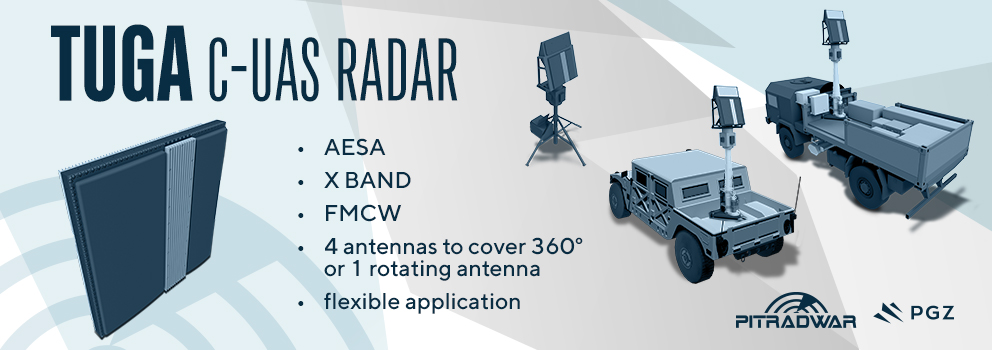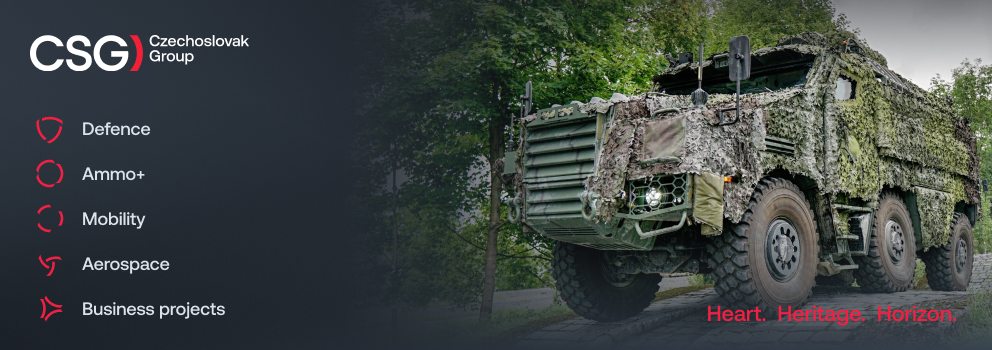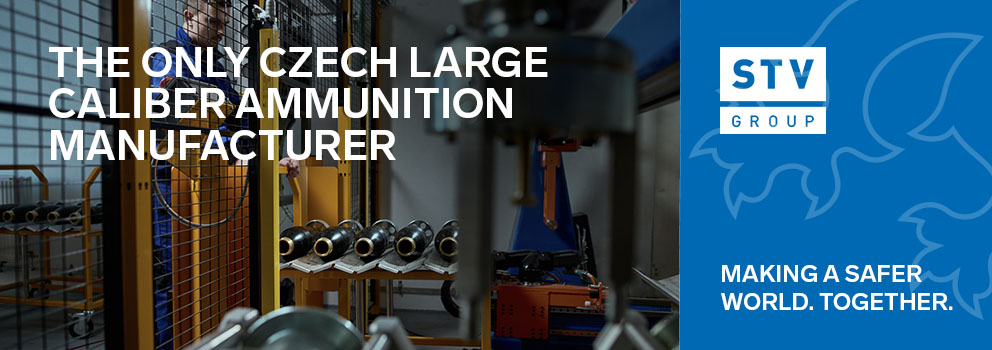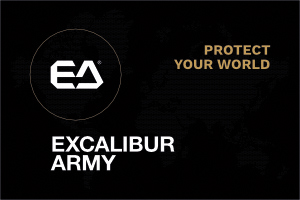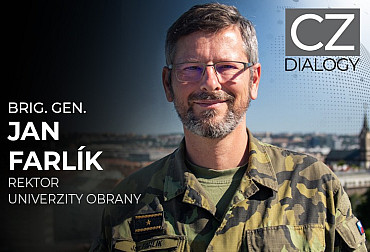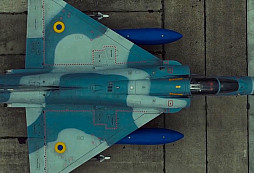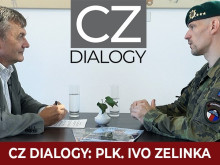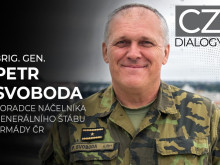Gen. Radek Hasala: Prague Castle is opening to the public, but security stays uncompromised
The Military Office of the President of the Republic is an institution that is not often discussed in public, yet its activities affect everyone who enters Prague Castle. In the next episode of the program CZ DIALOGUES, Lieutenant General Radek Hasala, Chief of the Military Office of the President of the Republic, explains how his team ensures the security of the most important Czech monument, how the Castle Guard is changing, and why Prague Castle will soon be protected by modern anti-drone technology.
Video: Interview with the Chief of the Military Office of the President of the Republic, Lt. Gen. Radek Hasala / CZ DEFENCE
This autumn brought another exceptional event – an exhibition of the Czech crown jewels. At first glance, this seems to be a purely ceremonial affair, but in reality it is an extremely complex operation in which the Military Office of the President of the Republic plays a key role. "We participated in coordinating the preparations, planning, and actual removal and storage of the crown jewels, as well as in their physical security, which is provided by the Castle Guard," explains General Hasala.
The Castle Guard, as part of the Military Office of the President of the Republic, is thus responsible for the safe conduct of the entire event – from the moment the jewels are removed from the crown chamber until they are stored again. This also means an increasing burden on the staff. "If the exhibition of the jewels becomes a regular part of the year, we will have to take it into account in our annual planning. This means increasing the number of personnel on duty to ensure security and the smooth movement of visitors in the Vladislav Hall," adds Hasala.
When President Petr Pavel announced in 2023 that he wanted to "open Prague Castle to the people," it raised a number of security questions, among other things. Security checks at the entrances to Prague Castle have been relaxed, and the atmosphere at the castle is now generally more welcoming. We were interested in how this affects security. "Security remains intact, only the way we provide it has changed," explains Hasala. "Checks at the entrances have been reduced, but on the other hand, the number of combined patrols by the Czech Police and the Castle Guard in the complex has increased. They regularly patrol the courtyards to make sure everything is in order," adds the lieutenant general. In addition to personnel measures, an extensive modernization of security systems is also being prepared, which will take place in four phases. Its goal is to unify and interconnect all protective technologies—cameras, retractable barriers, and central security desks—and to harmonize them with police systems. "It's a long-term project that must also involve preservationists. Every camera placement or material replacement is consulted with them so that the historical value of Prague Castle is not compromised," says Hasala. Modernizing the protective elements at Prague Castle is not easy. Monument protection requires a sensitive approach even for seemingly minor technical interventions. "Even the method of mounting the camera or the material used must be approved by heritage conservation experts. Every step is assessed, which prolongs the whole process, but at the same time guarantees that the historical character of the castle will not be disturbed," explains the Chief of the Military Office of the President of the Republic. The replacement of the familiar concrete "hedgehogs" with retractable metal posts will be noticeable to visitors, as will the gradual replacement of the entrance booths. However, other modernizations will be carried out in such a way that ordinary tourists will not notice any changes. "Visitors should not notice anything—security technology should be functional, not visible," adds the general.
The security of Prague Castle is under constant supervision. These are not one-off inspections, but ongoing audits and system updates that respond to new threats and technological developments. "We have not identified any critical areas, but we are continuously evaluating and updating the system to balance security requirements and accessibility for tourists," says Hasala. The experts in charge also draw inspiration from abroad—from the protection of important monuments in Western Europe. "However, each building is unique, so we have to adapt foreign models to our conditions and legal framework," explains General Hasala.
Unmanned aerial vehicles have become a completely new area of protection in recent years. Prague Castle is located in a no-fly zone, yet intruders repeatedly appear here—most often tourists trying to take unique shots. "Most cases are harmless, but protection against drones is complicated. If we catch an intruder, they are handed over to the Czech Police," says Hasala. However, the Castle Guard is preparing for a completely new approach involving the use of its own drones. Together with the Czech Army, it is participating in the creation of a concept for the development and acquisition of unmanned aerial vehicles. "We have coordinated our requirements with the army because the protection of objects—whether it is a castle, airport, or ammunition depot—has similar parameters. We expect that drones will be part of the Castle Guard's equipment," confirms the general.
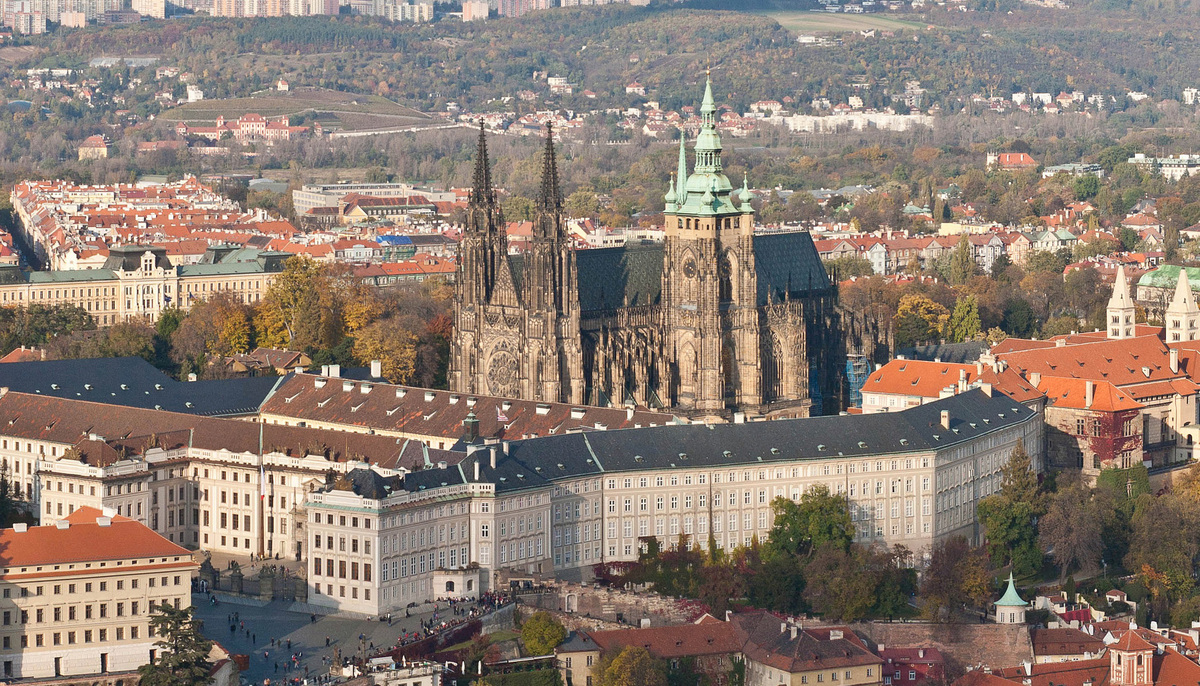
When you say "Castle Guard," most people imagine a motionless soldier in a blue uniform standing in front of a guardhouse. However, General Hasala emphasizes that this is only a small part of their work. "People mainly notice the honor guard during state visits, but most members of the Castle Guard provide daily protection for Prague Castle and Lány Castle. In addition, they also participate in foreign missions alongside other units of the Czech Army," says Hasala. The Castle Guard is responsible for securing the entire complex, not only during the day but also at night. Members work 24-hour shifts, alternating between patrols, rest, and standby duty. "Every day, we have 60 to 70 members on guard duty. In addition, other soldiers are preparing for service. All of this, of course, places great demands on training and staffing," adds the general.
A typical day for a Castle Guard soldier begins with roll call and preparations for duty. At noon, the unit takes over guard duty and hands it over again after 24 hours. This is followed by time off, then training or other tasks. "It's definitely not a walk in the park. The Castle Guard isn't just about standing in a booth. Members participate in ceremonies, assist in emergencies, and must be prepared to respond to intruders and provide first aid to tourists," says the Chief of the Military Office of the President of the Republic. Medical preparedness is an important part of training. Every day, someone among the thousands of visitors need help – they collapse, injure themselves, or fall. "We have soldiers trained in the CLS system who can handle even more sophisticated treatment. However, every soldier must be able to provide basic first aid," adds the Chief of the Military Office of the President of the Republic.
The training of the Castle Guard is in many ways similar to that of regular army units – from shooting training to physical fitness to crisis situations. However, the environment of Prague Castle is specific, where it is necessary to practice detaining intruders among tourists. "Every day, we deal with several cases of people who climb over the fence or enter a restricted areas of the complex. Guards must be able to resolve the situation professionally, but also with consideration for the surrounding visitors," explains Hasala. Although the general is reluctant to use the term "special force," he admits with a smile, "We are not special, but we are definitely a specific unit."
The Castle Guard faces the same problem as many other units of the Czech Army – a shortage of personnel. Nevertheless, there is interest in serving, mainly thanks to projects such as "Hraďákem na zkoušku" (Try Being a Guard), which allow interested parties to try out military life over the weekend. "Interested parties can also sign up for a voluntary military training program. Next year, we plan to involve a group of 30 students, whom we will accommodate and train in the castle environment," says Hasala. Women are also applying to join the Castle Guard, and they can already be seen in traditional guard booths. "If they meet the physical and professional requirements, they can join regardless of gender. That's a matter of course today," adds the general.
And what will the Castle Guard of the future look like? General Hasala is clear: "The tasks will not change fundamentally – it will still be about protecting the residences of the head of state. However, the means we use to do so will change." In addition to traditional equipment and training, modern technologies are coming to the fore – from drones and drone detection systems to smart camera systems and interconnected control panels. "Castle Guard soldiers will have to be able to work with modern means of protection as well as personal equipment. Mastering technology will become a normal part of their profession," summarizes the lieutenant general.

The Castle Guard is not only a military unit, but also a representative unit of the state. Its members come into daily contact with the public – with tourists from all over the world and with official visitors. That is why communication is also emphasized in training. "We train not only professional conduct, but also language skills. Soldiers are often the first people tourists approach for help or information," explains Hasala. Combined patrols with police officers thus also function as a kind of mobile information point, helping visitors find their way around. "Soldiers know the building in detail, while police officers have experience with interventions – they complement each other," says the general.
According to General Hasala, the balance between security, openness, and respect for history is the greatest challenge of the present. "Our goal is for Prague Castle to remain a symbol of statehood that is accessible to people, but at the same time perfectly protected," concludes the Chief of the Military Office of the President of the Republic.
